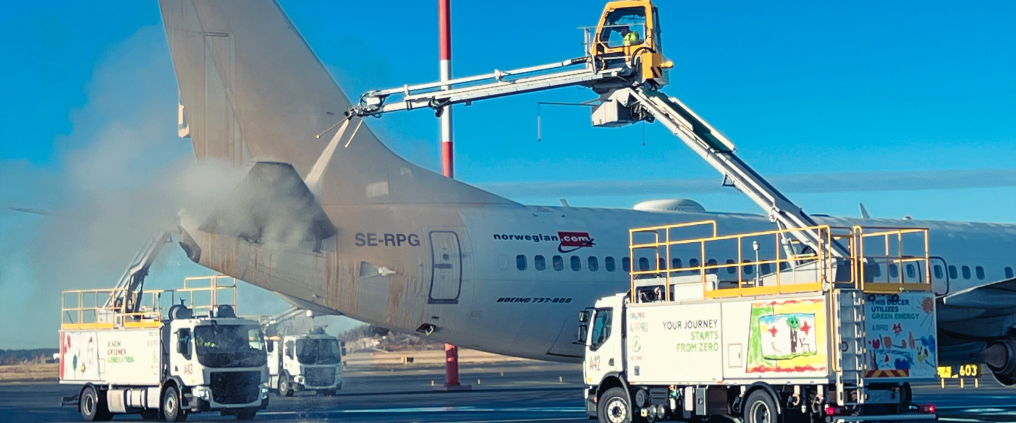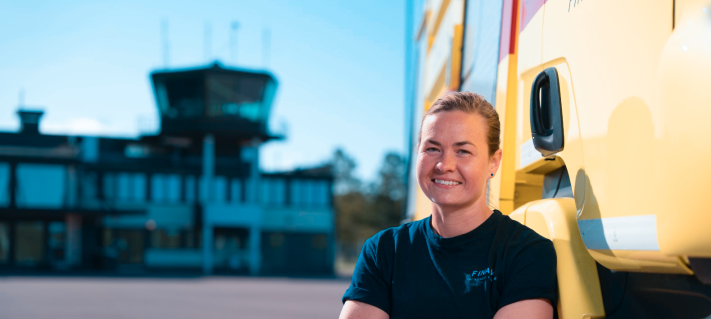In winter conditions, deicing is one of the most important things done to the aircraft before take-off. Finavia’s professionals are responsible for coordinating deicing operations at Helsinki Airport.
“Finavia coordinates traffic in deicing areas and the orders planning for deicing vehicles. For example, we provide taxiing instructions for aircraft arriving in the area and anticipate how much equipment will be needed for deicing,” says Juha Tuominen, who is responsible for the deicing coordination at Helsinki Airport.
Ground handling companies, such as Airpro, are in turn responsible for the implementation of deicing.
“Our most important task is to remove snow and ice from the surface of the aircraft and prevent ice from forming during take-off,” says Ville Heinonen, who is responsible for deicing operations at Airpro.
At Helsinki Airport, almost all deicing takes place in two areas called remote deicing areas.
“We use the remote deicing area R6 or R8, depending on which runway is in use during the period in question,” Juha Tuominen says.
Deicing typically takes about 5–20 minutes, depending on the weather, the amount of equipment and how big the aircraft is.
Electric equipment is used for deicing
At Helsinki Airport, the equipment used for deicing is mainly powered by renewable energy.
“Our deicing vehicles are hybrid-powered, and the majority of deicing is done with electric equipment. The vehicles are used to spray deicing and anti-icing fluid on aircraft surfaces,” Heinonen says.
According to Heinonen, electric deicing vehicles are energy efficient and quick to use.
“Efficient deicing reduces the amount of fluid needed and the fuel consumption of the aircraft, as the engines of the aircraft are running during deicing.”
Finavia’s vacuum vehicles, on the other hand, collect deicing fluid from the area.
“With the help of vacuum vehicles and separate drains, we are able to collect the fluid from the apron. The deicing fluid ends up being put to use at a wastewater treatment plant,” Tuominen says.
Use of recycled deicing fluid starts at Helsinki Airport
This winter, Finavia started using recycled deicing fluid for the first time at Helsinki Airport.
Recycled deicing fluid is manufactured to be identical to new deicing fluid and it is a more environmentally friendly alternative.
Airpro, in turn, was among the first ground handling companies to introduce an anti-icing mixture containing less propylene glycol.
“The anti-icing mixture is mixed more precisely using the latest technology. As a result, less chemicals are used and the environmental burden is reduced,” Heinonen says.
Further reading
Finavia started using recycled deicing fluid at Helsinki Airport
Snowhow is a result of the seamless cooperation of many airport actors
Airpro: Children drew on deicing vehicles for greener aviation



